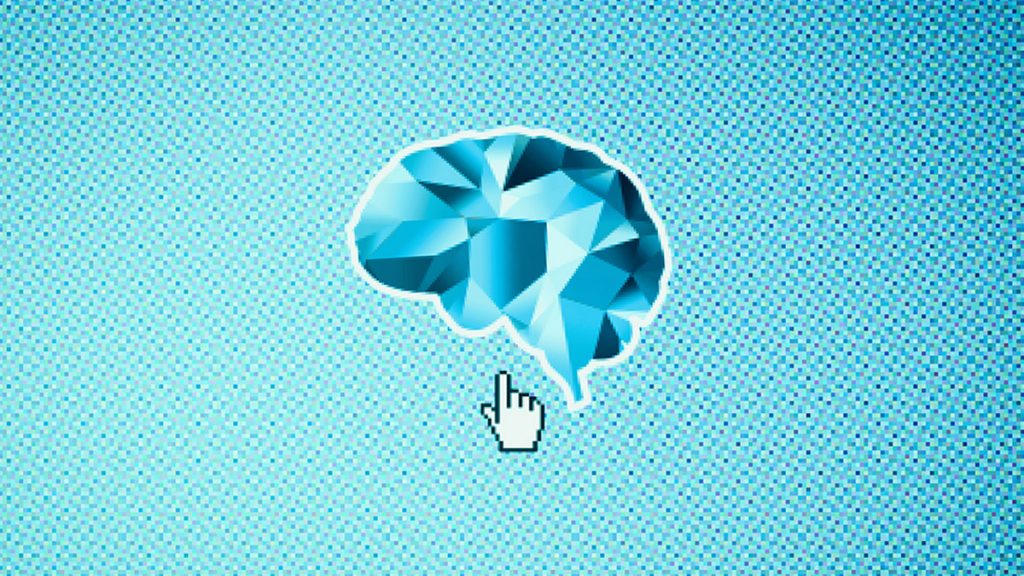The goal of learning is adaptation; Adapting the means (behavior) to the environment, therefore, adapting our behavior to the environment, requires generating new habits to be more effective and efficient. [adapt the habit to the environment].
Our behavior is made up of habits, habits are automatic routines that we repeat over and over again, in the same environment and that we execute unconsciously.
It has been identified that between 40 and 45% of our daily activities are habits, which means that, almost half of our daily activities represent habits, the goal of a habit is to make our brain more efficient, to free up valuable space to think, reducing the energy in important behaviors, the brain detects repetition, release of dopamine and decides that it is important, the thicker the connections between the neurons in charge of configuring the habit, the less energy will be spent.
The brain has no preferences, as an element of information processing, does not distinguish between good and bad, in the “design of digital user behavior”, this instead of being a weakness is an advantage for designers of digital habits, which we will see in depth in our next article.

Anatomy of a habit.
For a habit to be established we require 3 fundamental elements: the trigger, which is the stimulus that initiates the behavior, the routine, which is the action performed and the reward, which is the benefit obtained after performing the action, always that dopamine is released, reinforcing the complete execution of the habit.
We can observe an example of a habit on a daily basis, in person, this is an artificially created habit, a digital habit: on social networks, such as Facebook, Instagram or LinkedIn, the trigger regularly consists of seeing our smartphone, the action lies in making a publication or a greater interaction with the content of the network, it may be a publication, the dopamine shot occurs when we receive a ‘like’ in exchange for our publication.
Change of habits.
A way to create habits in a reliable and systematic way, is the design of behaviors that guide the result, so the result is a side effect of the habit, there are many phenomena that behave in this way, not knowing it can generate dysfunctionality in its execution. An example of this is agile: many people think that there is a direct relationship of equality with velocity, Agility is speed per se, that´s not true, so speed is a secondary effect of the efficiency habit that agility gives, in such a way that agility is never the end but a means or habit to improve.
Let’s remember how to create a habit: trigger, routine and reward.
For sustained and long-term change of habits, there are two very effective ways of doing it, changing the environment is one of them, if we change the environment then we change the habit, we must be aware of this premise in the first place, the only point of control it is the environment itself, if we want to change habits or behaviors, we must focus on changing the environment.
The other way of changing habits is to give priority to cognitive consciousness, identifying all those blind spots and cognitive biases to take advantage of, we must take into account a principle of change: we cannot change something that we do not feel, that we do not smell, that we do not see, that it is not in ou
Remember that the perspective of habits is about creating advantage of how the brain works to establish and focus on what we want, the brain cannot identify, if these are good or bad, what does not exist, what we should do, is make it play in our favor to generate effectiveness and efficiency in the things we do.
Then in this context: good habits, bring you closer to being the person you want to be, your goals, bad habits, take you away from the person who you want to be, your anti-targets.r sensory perimeter, that’s why it is necessary to be attentive, to make it visible to our senses, later identify the habit, break it down into smaller (atomic) and significant habits, identify the triggers, supply the new small action (low MA), so small that it requires very low motivation and difficulty of execution, in such a way that it presents a facility to carry it out, after which create a personal victory, celebrate the execution of the habit.
Bibliography:
- Fogg, B. J. (2020). Tiny habits: The small changes that change everything. Boston: Houghton Mifflin Harcourt.
- Clear, J. (2018). Atomic habits: An easy et proven way to build good habits et break bad ones: Tiny changes, remarkable results. NY, NY:
- Avery, an imprint of Penguin Random House.
- Duhigg, C. (2012). The Power of habit: Why we do what we do in life and business. Random House.
- Shlomo, B., & Saurabh, B. (2020, February 03). How Digital Design Drives User Behavior. Retrieved June 16, 2020, from https://hbr.org/2020/02/how-digital-design-drives-user-behavior
- Combs, D. T., Phd, & Brown, R. A. (2018). Digital Behavior Design (1a ed., Vol. 1). USA, California: Boundless Mind.